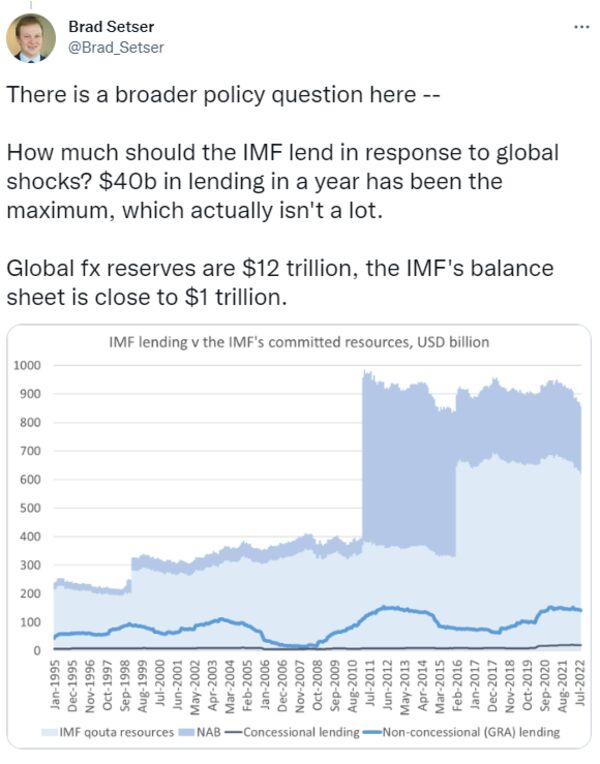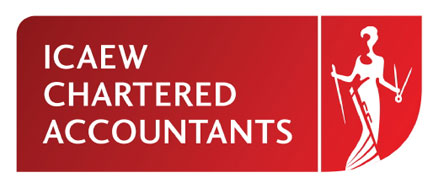‘End of the Beginning’
November 01,2022
Hello. Today we look at the potential peak in global interest rates, lockdowns in China and how the US consumer may be in better shape than some fear.
The Peak Beckons
Wall Street is beginning to sense global interest rates may be about to peak.
Economists at JPMorgan are declaring that assuming their forecasts for the Federal Reserve and other central banks prove correct “the most synchronized and aggressive global hiking cycle in 40 years will end by early next year.”
Peers at Credit Suisse say central bank hawkishness may even have topped out in August given an index which tracks surprise decisions at the 30 most recent policy meetings.
- Australia, Canada, Poland and Colombia have already dialed back the size of rate hikes or paused
- The European Central Bank has said it feels it is making progress in its inflation fight
- San Francisco Fed President Mary Daly has said the US should start planning to reduce the size of its rate increases
Much still will depend on what Fed Chairman Jerome Powell says on Wednesday, when he and colleagues are set to increase their benchmark by 75 basis points for the fourth straight time to 3.75%-4.%
Anna Wong of Bloomberg Economics reckons Powell will “signal a downshift in the pace of rate hikes ahead” by presenting a 50 basis-point increase as the base case for December.
Of course, pivoting doesn’t mean stopping, something markets should bear in mind if they rally after the Fed acts.
Wong says she suspects Powell will suggest a higher peak in rates than the Fed did in September, making the point that “the hike pace is less important than the endpoint.”
As far as the Fed is concerned, JPMorgan still reckons it will lift its key rate to 4.75% in the first quarter. Goldman Sachs sees an end at 5% in March
The ECB, Bank of Canada and Bank of England are all also expected to tighten more.
And if inflation proves stubborn yet again then the authorities will likely have to keep hiking.
Citigroup economists calculate aggregate global inflation to now be running at 9%.
Just yesterday, data showed euro-area inflation surging to a record 10.7% in October. ECB President Christine Lagarde said today that the peak in rates must ensure inflation returns to 2% over the medium term.
“The ‘end of the beginning’ of the ongoing monetary tightening will be reached when central banks intend to continue hiking but decide they can take the risk of doing it at a less brisk pace,” said Gilles Moec of AXA Investment Managers. “Market optimism could however be curbed by the realization that a slower pace does not necessarily inform on the terminal rate. There will be more episodes of stress amid volatile dataflows.”
- The Fed’s cracking down on inflation may come at the cost of employment. Read a history of its dual-mandate here and a round-up of political criticism here.
—Simon Kennedy
- Got tips or feedback? Email us at ecodaily@bloomberg.net
The Economic Scene
Anyone thinking that the end of China’s Communist Party congress would usher a near-term relaxation of Covid-19 lockdown measures got a rude awakening to hear the biggest factory in China supplying Apple is now being disrupted by an outbreak of the pandemic.
While many economists anticipate a relaxation in the Covid-Zero approach at some point, Victor Shih, an associate professor of political science at the University of California, San Diego, says it may take as long as a year.
Over the weekend, hundreds — if not thousands — of workers at Foxconn Technology Group’s factory in Zhengzhou, walked, hitched rides or dipped into their savings to escape the Covid flareup.
Weakness All Around
Activity slowed for manufacturing and services amid sluggish demand
Source: National Bureau of Statistics
Note: 50 threshold separates expansion from contraction
A senior US Treasury official, Benjamin Harris, warned in a statement on the economy on Monday that global economic growth is threatened by risks that include “renewed supply-chain disruptions due to resurgent Covid-19 in Asia.”
Ahead of the crucial year-end shopping season, it’s a reminder the world has yet to shake the ravages of the pandemic. Visitors to Shanghai Disneyland were reminded of that Monday, when they were barred from leaving until tests cleared them of Covid-19.
Save the Date
The fifth annual New Economy Forum will be held in Singapore this November 14-17, convening public and private sector leaders with ambitious ideas, ample capital and the courage to act on the pressing issues facing the global economy.
Today’s Must Reads
- Factory woes | Asia’s factories slumped in October as global demand for merchandise goods made in the region continues to weaken.
- Historic step | The Bank of England is set to become the first big central bank to sell off assets amassed in a 13-year-old stimulus program, becoming a test case for how soon markets can shift off easy-money.
- Venezuela prices | Inflation is roaring back in Venezuela, threatening to undermine the fragile economic recovery and rekindle a migration wave that had just begun to ease.
- Full of bullion | Central banks bought a record amount of gold last quarter as they diversified foreign-currency reserves, with a large chunk of the purchases coming from as-yet unknown buyers.
- Aussie rates | Australia’s central bank raised interest rates by a quarter-percentage point and signaled more to come as it combats inflation.
- Shipping clash | The world’s largest container carrier disagrees with another party over how to proceed on a key issue in contract talks with the union representing 22,000 dockworkers at US West Coast ports.
- African fertility | Lowering birthrates is key to cutting poverty in the world’s most fertile populations.
Need-to-Know Research
The US consumer may be in even better shape heading into any recession than previously thought, according to analysis of household assets by Stephen Stanley, chief economist at Amherst Pierpont Securities.
Data from the Fed show what some bank-card issuers have already picked up on: that the lowest-income Americans have seen their surplus of savings from the waves of Covid-19 relief assistance eaten up at this point — thanks in part to inflation.
But other segments of the income spectrum still have extra cash. And even for the lowest-income group, there’s a silver lining.
Real-estate values for the bottom quintile surged 72%, to $2.9 trillion, by mid-2022 from the end of 2019. That far outpaced the rise of 37% for all households.
And this group’s holdings of durable goods — think cars, fridges, couches or computers — jumped 53%, more than the overall gain of 34%.
“So, the bottom quintile largely spent their windfall, but they do have plenty to show for it.”
On #EconTwitter
— With assistance by Chris Anstey







